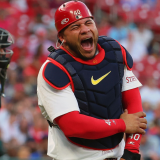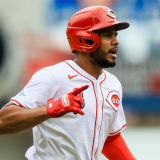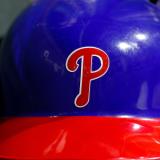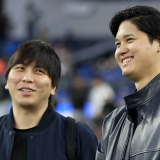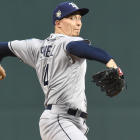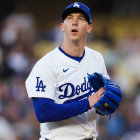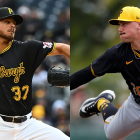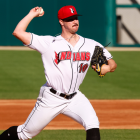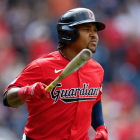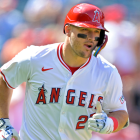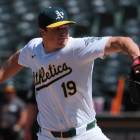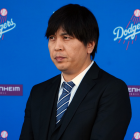Before the season started, we here at CBS Sports picked the Tampa Bay Rays to finish dead last in the American League East. Even below an Orioles team that would eventually become the sixth team in history to lose 115 games. Wow were we wrong.
Rather than finish last in the AL East, the Rays proved to be one of the better teams in the American League and certainly one of the peskiest. They started the season 3-12 and were under .500 as late as June 29. Tampa closed out the regular season with 28 wins in their final 39 games and they were not eliminated from postseason contention until the final week of the season.
The Rays did that despite losing their top four home run hitters from last season, and despite being hammered by pitching injuries in spring training. Nathan Eovaldi was slowed by elbow trouble and prospects Brent Honeywell and Jose De Leon needed Tommy John surgery in March. Anthony Banda needed Tommy John surgery in June.
Because of the injuries, the Rays went into the 2018 regular season with three (3) starting pitchers: Chris Archer, Blake Snell, and Jake Faria. Faria went down with an oblique injury soon thereafter. Eovaldi returned and was traded. Archer was traded as well. Snell became the last man standing and was dominant. He's a Cy Young candidate at worst and the favorite at best.
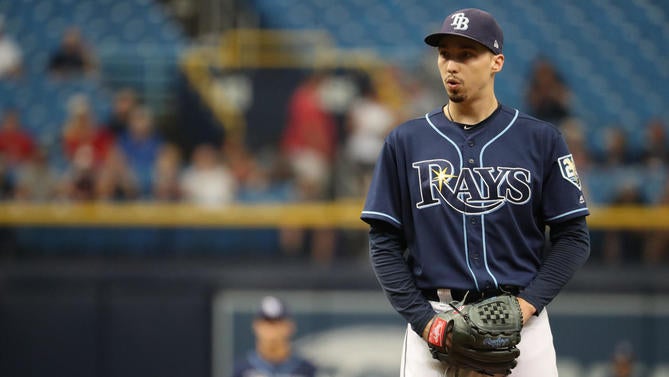
The Rays survived and thrived by reinventing the way they used their pitching staff. They scrapped the idea of a five-man rotation and instead opted for a series of bullpen games and openers. The idea of the opener -- a reliever who faces the other team's best hitters in the first inning before giving way to a multi-inning guy -- was first put into practice on May 19. The Rays since then:
- ERA: 3.50 ERA (3rd in MLB)
- FIP: 3.71 (5th in MLB)
- K/BB: 2.90 (8th in MLB)
Tampa Bay did away with the traditional starter/reliever paradigm. They looked at it as "what's the best way to get 27 outs?" and acted accordingly. And it's worked wonderfully. So much so that other teams have started copying the idea. The Dodgers, Twins, Brewers, and Mets are among the teams to dabble with an opener this year. Expect more teams to follow suit in the future.
Exceeding expectations and winning 90 games this season was the easy part. Sustaining success is much more difficult and that goes double for a team with a shoestring budget like the Rays, especially when they share a division with the powerhouse Red Sox and Yankees. The Rays are set up to contend in the future, though some questions persist.
How will the opener play in Year 2?
I think the opener idea is brilliant. Don't mistake that for me saying I enjoy watching it. The constant pitching changes can make for ugly, ugly baseball. But the logic behind it is smart. Shut the other team's best hitters down in the first inning, use a multi-inning guy who never faces the top of the order more than once, then go from there.
The overall pitching numbers since the Rays first used an opener on May 19 are very good. Here are those pitching numbers minus Snell:
- ERA: 3.78
- FIP: 3.75
- K/BB: 2.80
That is in place of fourth and fifth starter types, remember. The Rays are always going to have a spot in their rotation for guys like Snell and Tyler Glasnow, the latter of whom has a chance to blossom into an impact pitcher with proper coaching and development. Tampa used the opener to avoid back-end starter types and the numbers don't lie. The opener worked great.
How will it work in year two? The Rays ambushed teams with openers this year. Opposing hitters were constantly flummoxed by never facing the same pitcher multiple times in one game. Now the cat is out of the bag. The opener is a known strategy and clubs have an offseason to prepare and game plan. The element of surprise is gone.
Given how well it worked this season, I expect the Rays to continue using openers in lieu of back-end starters next year, and I expect more teams to embrace the strategy as well. The question now is how will opposing teams react? Can they come up with a way to reduce the effectiveness of the opener strategy? And, if yes, how to the Rays adjust back?
Are more lineup changes coming?
The Rays unloaded 115 home runs* from last season when they traded Evan Longoria, Steven Souza, and Corey Dickerson, and declined to re-sign Logan Morrison. The offense looked like it would suffer this season. Instead, the Rays went from 694 runs last year to 716 runs this year despite seeing their home run total drop from 228 to 150.
* Longoria, Souza, Dickerson, and Morrison combined to hit 49 home runs in 2019. Ouch.
The uptick in offense was made possible by several in-season roster changes. Most notably, the Rays acquired Tommy Pham from the Cardinals at the deadline and my goodness, Pham went off down the stretch. The numbers on Pham:
| Tommy Pham | PA | AVG/OBP/SLG | OPS+ | HR | XBH | WAR |
|---|---|---|---|---|---|---|
2017 with Cardinals | 530 | .306/.411/.520 | 144 | 23 | 47 | 6.2 |
2018 with Cardinals | 396 | .248/.331/.399 | 99 | 14 | 25 | 0.8 |
2018 with Rays | 174 | .343/.448/.622 | 194 | 7 | 20 | 2.6 |
Pham had a big breakout season in 2017, but struggled enough early in 2018 that the Cardinals were willing to cut bait at the trade deadline. The Rays happily took him off their hands and now they control Pham through 2021. Even if he doesn't maintain his 2018 pace with the Rays -- few players are truly this good -- Pham is a quality player and a heck of a midseason pickup.
Veteran gloveman Adeiny Hechavarria was replaced at shortstop by top prospect Willy Adames. Denard Span and Brad Miller were pushed aside by Jake Bauers and Ji-Man Choi. Speedster Mallex Smith enjoyed a breakout season that saw him post a .367 on-base percentage with 40 stolen bases. Joey Wendle, an unheralded offseason pickup, emerged as an everyday player and hit .300/.354/.435 (118 OPS+) while playing six positions.
This was Tampa Bay's lineup on Opening Day:
- 3B Matt Duffy (still with the Rays)
- CF Kevin Kiermaier (still with the Rays)
- RF Carlos Gomez (still with the Rays but moved into a bench role)
- 1B C.J. Cron (still with the Rays but moved into more of a platoon role)
- C Wilson Ramos (traded at the deadline)
- LF Denard Span (traded in May)
- SS Adeiny Hechavarria (traded in August)
- 2B Daniel Robertson (still with the Rays but injured)
- DH Rob Refsnyder (sent to Triple-A in June)
Duffy and Kiermaier are the only Opening Day starters who finished the season in the same role with the Rays. Robertson would've been in that group had he not suffered a season-ending thumb injury in August. That's a lot of in-season turnover! Especially for a team that won 90 games. Usually when you see that much turnover, it's a bad team that gutted their roster at the deadline. The Rays did that, yet they still won.
After all those changes last offseason, the Rays go into this offseason (in theory) set at first base (Bauers), second base (Robertson), shortstop (Adames), third base (Duffy), and the outfield (Pham, Kiermaier, Smith) with a super utility guy (Wendle) available to fill-in as necessary. That's a lot of talent. A lot of talent either in the prime of their careers or soon entering the prime of their careers.
Is there more help on the way?
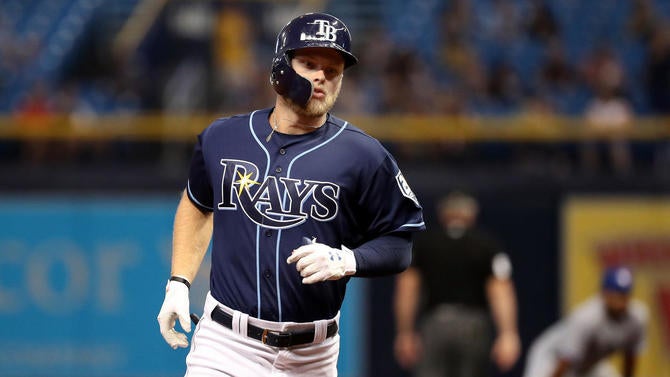
Thanks to their deadline activity (the Archer trade in particular) as well as recent drafts and international free agency activity, the Rays have one of the strongest farm systems in the game. MLB.com ranked Tampa's system as fourth best in baseball after the trade deadline. Baseball America ranked it the sixth best system at midseason.
The prize of the farm system right now is 17-year-old Wander Franco, who hit .351/.418/.587 with 11 homers and more walks (27) than strikeouts (19) in 61 games en route to being named MVP of the rookie Appalachian League. He did that while being more than three years younger than the average Appy League player. A truly remarkable season, it was.
Franco is an elite prospect and considered a future superstar a la Vladimir Guerrero Jr. and Juan Soto. He has a chance to play in the big leagues as a teenager. Assuming the Rays let him, that is. Service time manipulation will apply down the road. Either way, Franco is a stud and not as far away from helping Tampa as his age might suggest.
Beyond Franco, the Rays imported former first rounder Austin Meadows in the Archer trade and he figures to play a role next season, possibly as part of an outfield/DH rotation. The versatile Nick Solak could be a factor next season, and southpaw Colin Poche (15.0 K/9 at three levels) will feature in the team's bullpenning exploits next year. Point is, there is more help on the way.
The Rays need a strong pipeline to stay competitive. They can't afford premium free agents. Heck, they can't even afford premium arbitration-eligible players. Unless they sign a team-friendly extensions this winter, Snell and Pham may price themselves out of Tampa within a year or two. The pipeline right now is quite strong. Tampa has the prospects to plug into their lineup and trade for impact players (like Pham).
This looked like a potential survival season for the Rays. The rotation was thin going into spring training and injuries only made things worse in March. The lineup appeared to lack thump. Tampa Bay looked pretty far from being an 90-win team on Opening Day and, frankly, they came out of the gate terribly before righting the ship.
Rather than crumble in the AL East, the Rays remained very competitive by overhauling their position player core on the fly, and by revolutionizing pitcher usage. People called bullpenning and openers crazy. I sure did. You can't be innovative and creative without having a little crazy though. The Rays embraced it, and now they appear poised to contend going forward.









